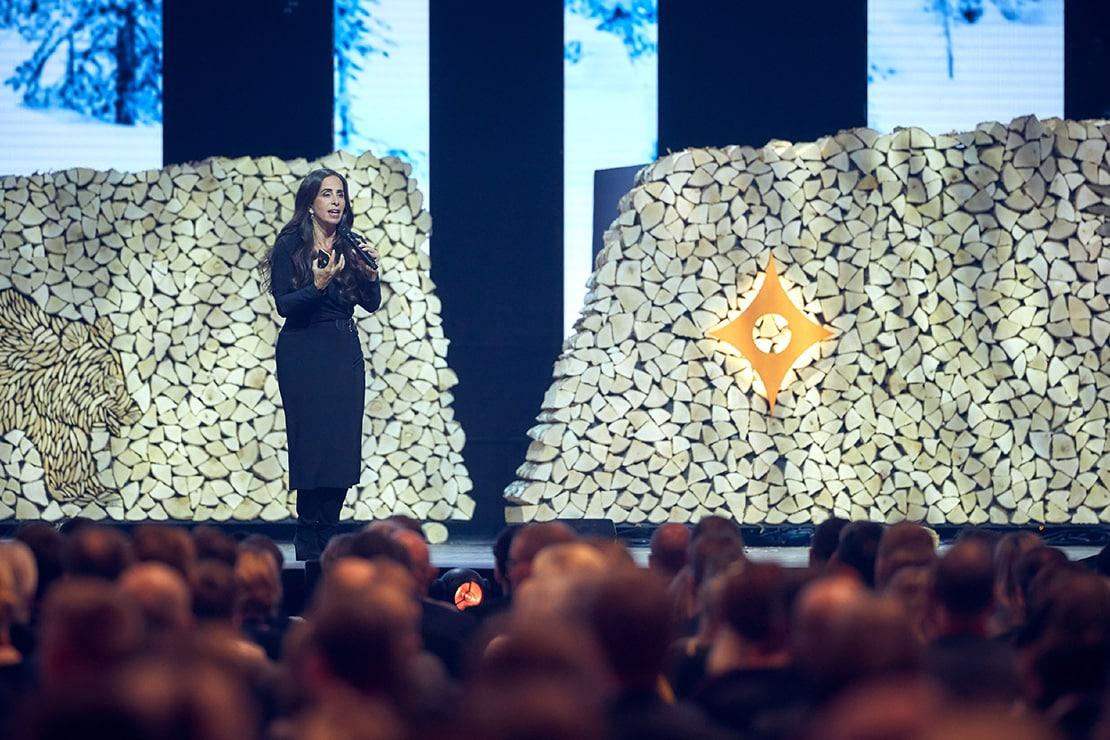7Aug2020
Today’s workplace is under siege, not only from information overload but from a flood of superfluous activity. Juliet Funt, the CEO of WhiteSpace at Work, wants to offer a lifeline in the form of what she calls white space. According to Funt, 80 percent of organizations grapple with a situation in which people are drowning in information and activity. “Only eight percent do anything about” this problem.
Many companies fail to realize that “worshipping the false god of busywork” comes at a cost. The cost is not just frazzled employees on the brink of burnout, but the inability to “generate breakthrough innovative ideas”.
“In the U.S., at least, where we do a high percentage of our business, we tend to see that unnecessary busywork accounts for about a million dollars … annually for every 50 people in an organization. Now, that kind of waste would never ever be tolerated in manufacturing,” Funt argued.
How much busywork is necessary?
Funt’s company has quantified the cost of busywork through statistics. In addition to quantitative analysis, they conduct qualitative analyses for some companies, asking employees about their experiences.
These surveys asked people how wasted time affects not only their work hours, but their evenings, weekends, and families. Although her company will provide a quantitative analysis, she urged the audience to “have conversations about the impact of waste that you’ve never had before.”
If people feel overwhelmed and unable to prioritize, isolated interventions will not succeed, as they “have no context, no philosophy behind them.” Companies cannot continually reorganize in hopes of changing company culture; instead, the change has to come from within the individual. Funt declared it was time to trade futile action for a critical missing element in life and work called the white space. She defined it as a “strategic pause taken between activities.”
Funt noted that white space can be used to either “reboot your exhausted mindand body with a moment of white space” or, “more importantly, it can be used in a constructive sense.” The space to think can “drive a business result,” company innovation, or strategy. She emphasized that this was not meditation, mind wandering, or mindfulness, but boundaryless space for creativity. “It’s about allowing the time and space for wonderful innovative ideas to grace you with their presence.”
The four simplifications
Making room for white space requires people to “de-crapify” their workflows. As we live in a time of information overload, it is more important than ever to create filters to protect hard-won white space. She proposed “four white space simplification questions” to help clear space in cluttered routines:
- Is there anything I can let go of?
- Where is “good enough,” good enough?
- What do I truly need to know?
- What deserves my attention?
Iterating these questions will help stem the flow of daily distractions, and Funt advised applying them at the individual, team, and organizational levels. “The questions are the cornerstone of what we’ve been building this whole time together, which is called a reductive mindset. We’re reductive in the mathematical sense, of where we are constantly stripping away, surrendering, renouncing and letting go of the unnecessary,” she explained.
Use a yellow list to filter ideas
Another tactic for de-cluttering the workday is to use what Funt called a yellow list. It involves creating a document and recording thoughts and ideas that you want to share with colleagues. By recording the thoughts instead of sharing them immediately, you provide yourself a moment for white space. In this white space, a person can consider whether or not the information is time-sensitive. If it is, consider whether it should be shared via a phone call or text. Does it belong in email or any electronic medium? If not, it should remain on the yellow list.
Once a yellow list accumulates enough content, it can be reviewed with a friend, partner, or colleague. This approach helps reduce emails, which have a tendency to consume a lot of time. It also averts a barrage of impulsive questions, texts, emails, instant messages. and other communications hindering other people’s concentration.
The yellow list also acts as a reservoir for ideas, as people sometimes cannot differentiate between a half-baked idea and a ripe idea. Letting an idea be mulled over for a few weeks can make a huge difference in terms of resource allocation.
Thoughtfulness as a company asset
Funt concluded that valuing and prioritizing white space in organizations requires a cultural decision. Thoughtfulness has to be a company asset. She acknowledged that it is not an easy grassroots-level change and that having a CEO committed to this culture makes the transformation easier.
However, the best way to sell the concept depended upon the type of manager, as some care more about ideas and others about money. “Idea leaders care about innovation, others are heart leaders who care about their teams, money leaders need a simple quantification of a task to appreciate white space,” Funt clarified. Creating white space at work is important “because the tyranny of the urgent will never give up and neither must you.”
This is a summary of Juliet Funt’s speech at Nordic Business Forum 2019 in Helsinki. This entire keynote speech is available on our Video Library at live.nbforum.com for registered users. To read what other speakers said at the event, you can download the entire executive summary for free.


